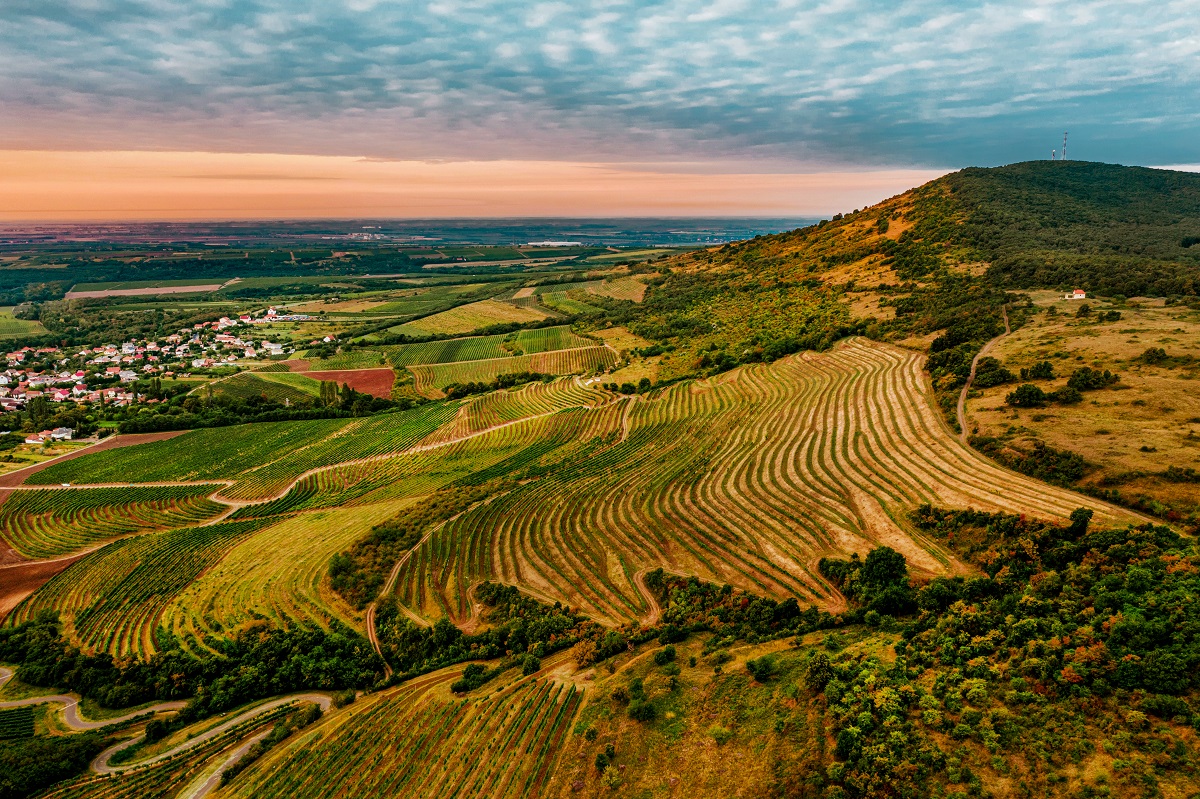New products
Showing all 5 results
Showing all 5 results

The Mátra wine district, Hungary’s second largest, stretches across a diverse landscape—from the slopes of the Mátra Mountains to lower-lying areas, even reaching parts of Vác, Veresegyház, and the outskirts of Budapest. Historically centered around the town of Gyöngyös, the region combines rich cultural heritage with modern developments in viticulture. The terroir is defined by volcanic subsoil and a favorable microclimate shaped by the sheltering Mátra Mountains. These conditions are ideal for cultivating aromatic white grape varieties and, increasingly, select reds. The region benefits from high solar exposure, cool nights, and good air circulation, which together support the production of wines with fresh acidity and pronounced aromatic intensity. Grape varieties in the Mátra are predominantly white, with Olaszrizling, Irsai Olivér, Cserszegi Fűszeres, Sauvignon Blanc, Chardonnay, and Müller-Thurgau among the most common. The district is especially noted for its aromatic whites, often made in a fresh, youthful style. Red varieties are gaining ground, with Kékfrankos, Pinot Noir, Zweigelt, and Cabernet Franc showing promising results, especially from lower-yielding sites. Wine styles range from light, fragrant whites to more complex, barrel-aged expressions. Fruity rosés are also popular. While historically associated with bulk wine production, the Mátra is undergoing a quality renaissance, with many small producers focusing on terroir-driven wines and experimenting with natural, organic, and low-intervention methods. Overall, the Mátra wine district is characterized by vibrant, aromatic, and approachable wines, particularly whites with good acidity and expressive fruit. With its diverse topography and growing focus on quality, the region is becoming an exciting hub for modern Hungarian winemaking.